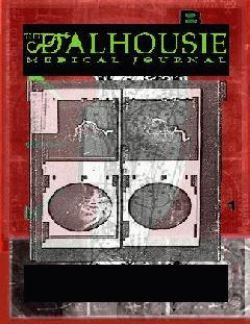Pathogenesis and Management of Septic Shock
DOI:
https://doi.org/10.15273/dmj.Vol25No2.3729Abstract
Despite modern advances in antibiotic therapy and cardiovascular support, septic shock remains a condition plagued by a high mortality rate, estimated at 40- 60%. The pathogenesis of septic shock involves a complex orchestration of cytokines which lead to vasodilation, increased capillary permeability, and disturbances of metabolism. The major clinical features include hypotension, tissue hypoperfusion, myocardial depression, and organ failures. Cur-rent therapy focuses on early broad-spectrum antibiotic treatment, correction of hypovolemia, and appro-priate use of vasopressor and/or inotropic agents. Experimental attempts to intervene in the septic cytokine cascade hold promise, but none have shown a definitive clinical benefit. This review examines the pathogenesis, clinical features, current therapeutic approaches, and future prospects for this serious prob-lem.Downloads
How to Cite
Moore, D. J. (1997). Pathogenesis and Management of Septic Shock. DALHOUSIE MEDICAL JOURNAL, 25(2). https://doi.org/10.15273/dmj.Vol25No2.3729
Issue
Section
Original Research
License
Authors who publish with this journal agree to the following terms:
- Authors retain copyright and grant the journal right of first publication with the work simultaneously licensed under a Creative Commons Attribution License that allows others to share the work with an acknowledgement of the work's authorship and initial publication in this journal.
- Authors are able to enter into separate, additional contractual arrangements for the non-exclusive distribution of the journal's published version of the work (e.g., post it to an institutional repository or publish it in a book), with an acknowledgement of its initial publication in this journal.
- Authors are permitted and encouraged to post their work online (e.g., in institutional repositories or on their website) prior to and during the submission process, as it can lead to productive exchanges, as well as earlier and greater citation of published work (See The Effect of Open Access).


